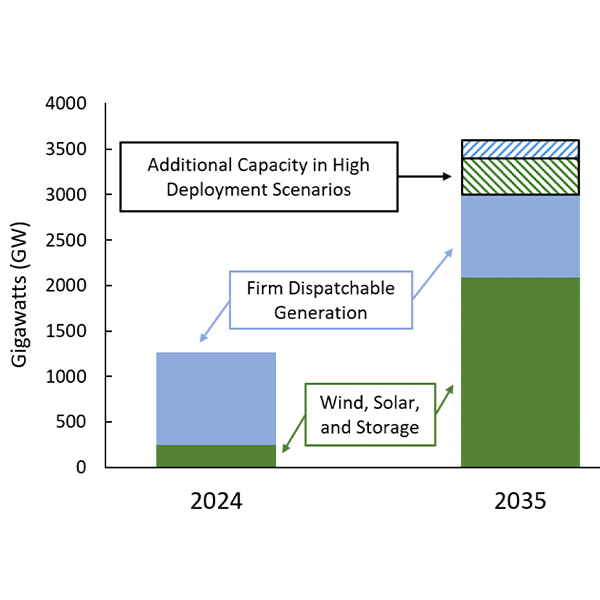Energy Efficiency
ISO-NE is predicting that New England’s peak load will increase by about 10%, and electricity consumption by 17%, by 2033, according to its 2024 Capacity, Energy, Loads and Transmission report.
The PJM Market Implementation Committee endorsed by acclamation a rewrite of Manual 18 to implement market redesigns drafted through the critical issue fast path process.
Streamlining and accelerating permitting is just one of the potential uses DOE envisions for AI to accelerate the U.S. power system’s transition to 100% clean energy and the modern, efficient, secure grid needed to reach that goal by 2035.
The Gulf Coast Power Association Spring Conference tackled the vexing assignment of how to reliably serve Texas’ unprecedented surge in demand with a cleaner energy supply.
The U.S. Department of Energy finalized energy efficiency standards for distribution transformers to increase grid efficiency and save $824 million annually.
The PJM MRC rejected four proposals to rework how the RTO measures and verifies the capacity EE providers can offer into the market.
The Washington Post’s warning that “America is running out of power” lacks context and distracts us from the real work at hand, says columnist Steve Huntoon.
Rather than identifying ways to promote further energy efficiency in its footprint, the nation’s largest grid operator — PJM — inexplicably is taking the opposite approach, American Efficient CEO Bo Clayton writes.
PJM's Market Implementation Committee endorsed a PJM proposal to revise how it measures and verifies the capacity that energy efficiency resources may enter into Base Residual Auctions.
PPL plans to invest $14.3 billion in capital spending from 2024 to 2027, which would strengthen reliability and resiliency while enabling more clean energy and keeping a lid on costs for customers.
Want more? Advanced Search









